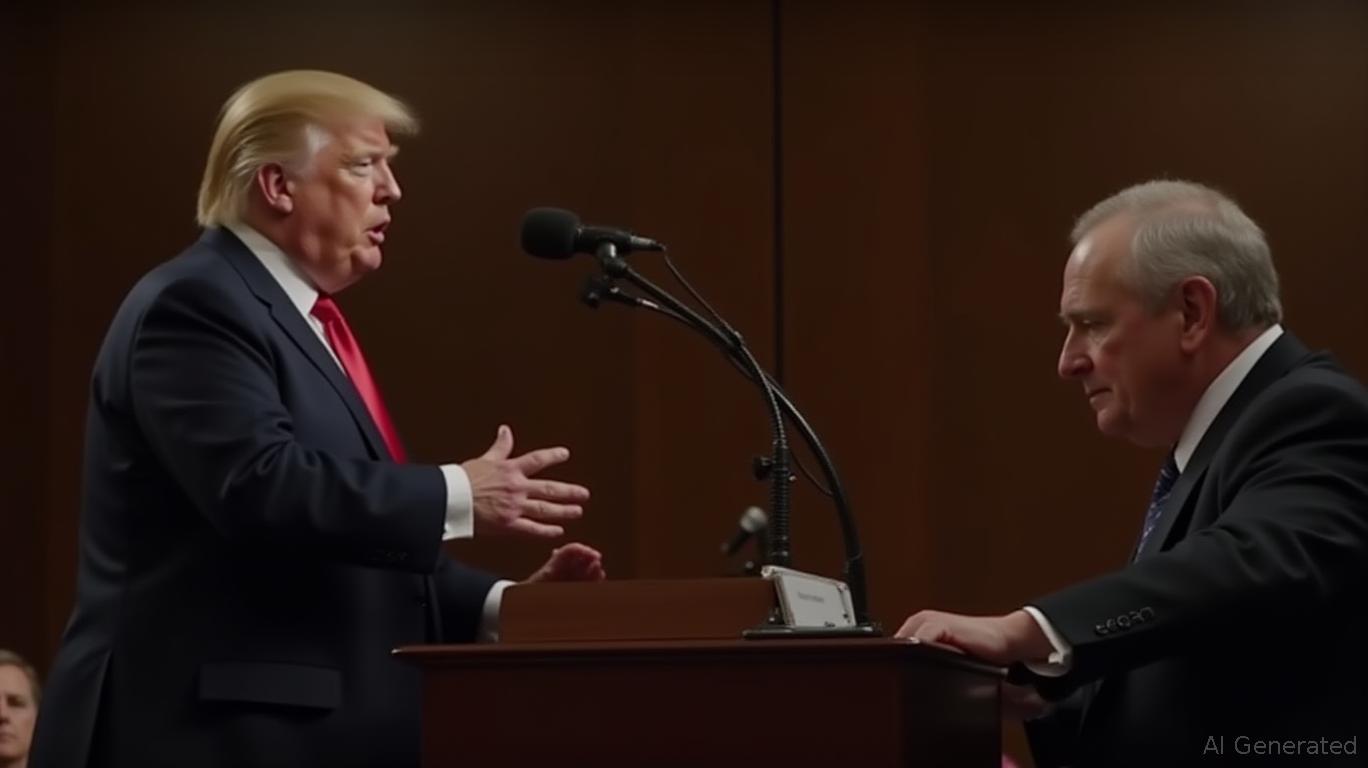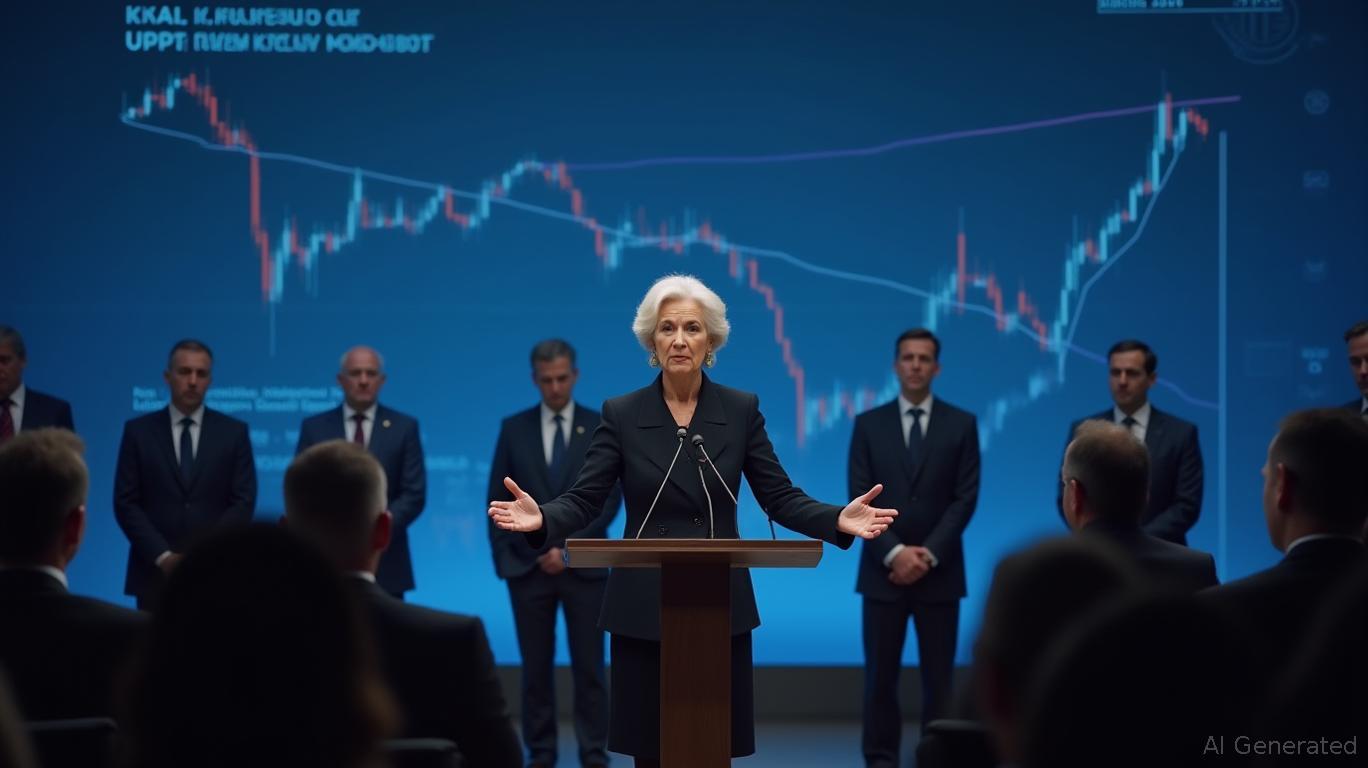Traders Revise Rate Cut Expectations to Less Than 75 Basis Points by 2025
Market participants have begun to accept the Federal Reserve's stance on maintaining a cautious approach to easing monetary policy, as indicated by recent adjustments in interest rate expectations. Following Federal Reserve Chairman Jerome Powell's reiteration that the central bank will not rush into lowering interest rates, traders have significantly revised their predictions. The consensus now is that the benchmark interest rate will decrease by less than 75 basis points by 2025, with the earliest potential rate cut not occurring until July at the soonest. This shift in sentiment reflects a growing acceptance among traders of Powell's hawkish stance, which has been communicated through various channels, including recent speeches and policy statements.
Powell's firm stance on maintaining higher interest rates for a prolonged period has been a key factor in this market adjustment. His comments have underscored the Fed's commitment to controlling inflation, even if it means delaying rate cuts that could stimulate economic growth. This approach has led to a more conservative outlook among investors, who are now factoring in the possibility of a slower pace of rate reductions. The market's response to Powell's remarks has been evident in the adjustments made to interest rate expectations. Initially, there was a widespread belief that the Fed would begin lowering rates more aggressively in the near future. However, Powell's clear messaging has tempered these expectations, leading to a more measured approach to forecasting future rate movements. This shift is indicative of the market's growing recognition of the Fed's resolve to keep rates elevated until inflation shows sustained signs of easing.
The implications of this change in market sentiment are significant. For one, it suggests that the Fed's policies are having the intended effect of anchoring inflation expectations. By signaling a willingness to keep rates higher for longer, the Fed is sending a strong message to the market that it is serious about its inflation-fighting mandate. This, in turn, can help to stabilize price levels and prevent a resurgence of inflationary pressures. Moreover, the market's acceptance of Powell's hawkish stance could have broader economic implications. A more cautious approach to rate cuts could mean that the economy will continue to operate in a higher interest rate environment for a longer period. This could have both positive and negative effects. On the positive side, it could help to sustain economic growth by preventing a sudden influx of cheap credit that could lead to asset bubbles. On the negative side, it could slow down economic activity by making borrowing more expensive for businesses and consumers.
Investors are also taking note of the potential impact of upcoming economic data on the Fed's policy decisions. The release of the April Consumer Price Index (CPI) data is expected to provide further insights into the state of inflation and could influence market expectations for future rate cuts. Additionally, the ongoing trade negotiations between the U.S. and other countries could add to the uncertainty surrounding the Fed's policy path. Despite these uncertainties, market participants are increasingly acknowledging the Fed's commitment to maintaining a hawkish stance until there is clear evidence of sustained inflation reduction. This acceptance is reflected in the growing number of hedging positions being established by traders to protect against the risk of the Fed not lowering rates in the near future. The market's adjustment to Powell's hawkish stance reflects a growing acceptance of the Fed's commitment to controlling inflation. This shift in sentiment has important implications for both the economy and financial markets, as it suggests that the Fed is likely to maintain a cautious approach to easing monetary policy for the foreseeable future.










